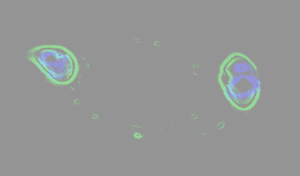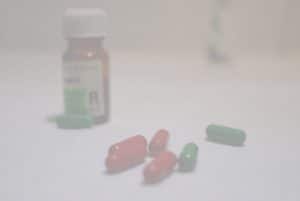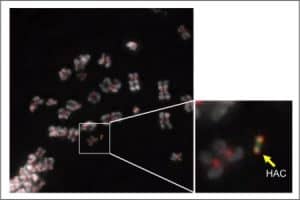Who has not heard about the adverse effects of medications? Just think about it. I am sure that you may have heard about it on the TV or the radio or it may sound familiar to you by having read about it on the Internet or newspapers. The truth is that this topic is one of the great issues in current medicine. Many researchers are not only focused on discovering new drugs, but they also work to improve those that are already being used. In this post, I am going to tell you my experience about this situation and how I travelled to London to carry out my research on a new treatment for pancreatic cancer. This treatment is not only an effective treatment, it is effective and safe.
Before moving to London, I carried out my PhD at the University of Valladolid [1]. My project was focused on the design of nanoparticles able to deliver drugs directly to where tumors were while preventing these particles from attacking healthy body tissues [2]. Yes, I know, this sounds very nice! But… nanowhat? Well, let me try to explain this. Just imagine the Trojan horse. Now, replace the horse with a tiny ball and the warriors with drugs used to fight cancer. That is the main idea we follow to design a way for drugs to slip through the body without being noticed and… Suddenly… ¡BOOM! They attack the tumor and destroy it.
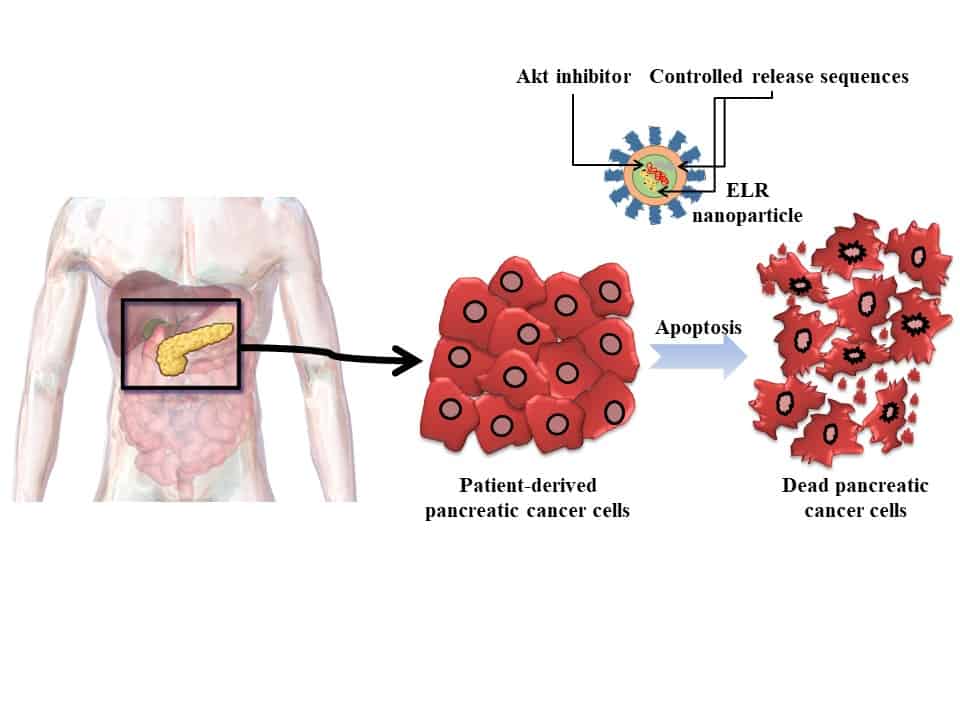
Figure 1. Summary of the approach involving the nanoparticles developed as part of González-Valdivieso’s Phd thesis and used for the project carried out during his secondment in London.
Once the carrier was built as part of the project, I considered the next step I wanted to take: to test this approach in real conditions, that is, in samples coming from human patients. To do this, I contacted a laboratory doing research on pancreatic cancer in London [3]. Unfortunately, I am sure that you know someone who has had this disease and, sadly, you may know that this story may not have a good ending [4]. A few months later, and thanks to two grants from the European Union ErasmusPlus and the University of Valladolid, I managed to settle in London to work under the supervision of Steve and Pilar, surgeon and a biologist – such a successful combination!
The project that I carried out with them allowed us to determine whether the nanoparticles were effective and if they were indeed able to kill pancreatic cancer cells from human patients. Thanks to the experience we developed as part of our research, we were able to learn more about how these nanoparticles interacted with the cells: how long they needed to enter the tumor cells, how they entered, the necessary dose, and even what they did once they were inside and until they managed to kill the tumor cells. Despite getting to know everything we could about our therapeutic approach, the final goal of our project was still unknown: we were unsure if we were only “destroying” the tumor cells or if, as a side effect, our approach was also affecting other vital organs for the organism such as the heart, the liver, the kidneys, or the spleen. In order to test this, we did some experiments with mice, with which we could happily prove that these organs were not affected after the nanoparticles were intravenously administered!
After my research stay in London, I came back to Spain. Once there, we managed to publish the results we obtained as the beginning of an effective and safe strategy [5]. The relevance of this work lies in opening the door to new therapeutic strategies within the so-called precision medicine and personalised medicine, undoubtedly the present and future of chemotherapy!
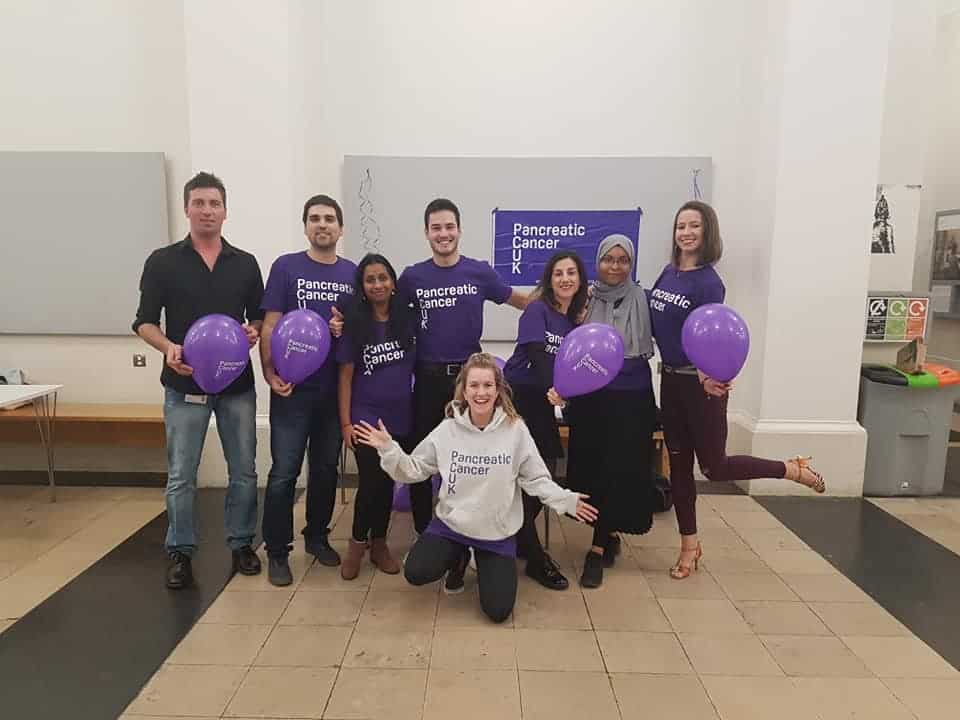
Figure 2. Part of the lab research group who were part of the fundraising event they organised for Pancreatic Cancer United Kingdom.
By Juan González González Valdivieso, postdoctoral researcher at the University of Glasgow.
More information:
- Smart devices for NanoMedicine. Source: Smart devices for NanoMedicine Research Group, University of Valladolid. Available online here.
- Side effects of chemotherapy. Source: NHS. Available online here.
- Information about the PereiraAcedo Lab on Twitter, online access here.
- Pancreatic Cancer. Source: American Cancer Society. Available online here.
- Gonzalez-Valdivieso et al., 2021.

